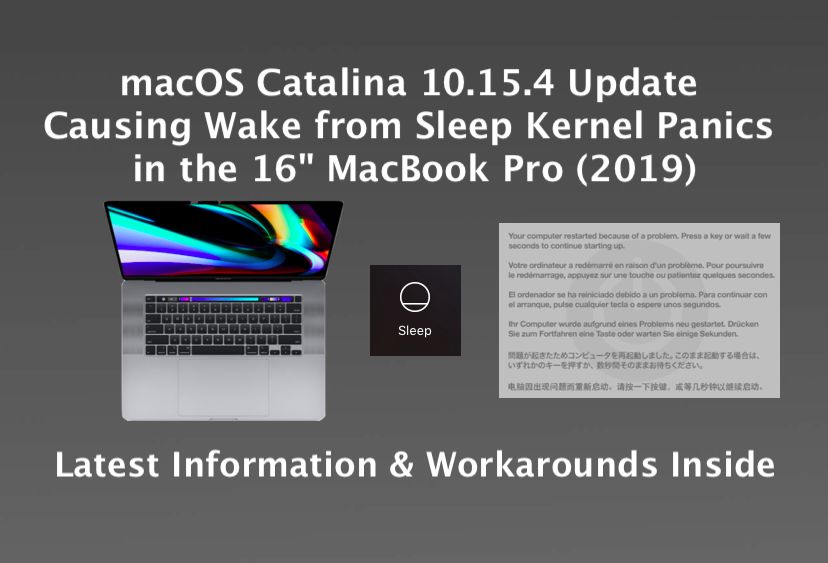

Using low level interfaces directly is significantly faster than using any high level interface, since running all the pre- and post-suspend hooks takes time, but hooks can properly set hardware clock, restore wireless etc. Though these interfaces can be used directly, it is advisable to use the high level interfaces to suspend/hibernate. 5.5 System does not power off when hibernating.5.2 Suspend/hibernate does not work, or does not work consistently.3.2.3 Hibernation into a thinly-provisioned LVM volume.3.2.2 Hibernation into swap file on Btrfs.
/cdn.vox-cdn.com/assets/1224040/IMG_6063.jpeg)
There are multiple low level interfaces (backends) providing basic functionality, and some high level interfaces providing tweaks to handle problematic hardware drivers/kernel modules (e.g. If the battery is depleted, the system can be resumed from disk, which is much slower than resuming from RAM, but the machine's state has not been lost. Therefore, if the battery is not depleted, the system can resume from RAM. Instead, it invokes usual suspend to RAM. Saves the machine's state into swap space, but does not power off the machine. Suspend to both A hybrid of the aforementioned methods, sometimes called hybrid suspend. Until then, there is zero power consumption.

When the machine is powered on, the state is restored. Saves the machine's state into swap space and completely powers off the machine. Suspend to disk (aka hibernate) The S4 sleeping state as defined by ACPI. Because of the large power savings, it is advisable for laptops to automatically enter this mode when the computer is running on batteries and the lid is closed (or the user is inactive for some time). Works by cutting off power to most parts of the machine aside from the RAM, which is required to restore the machine's state. Suspend to RAM (aka suspend, aka sleep) The S3 sleeping state as defined by ACPI. Currently there are three methods of suspending available:


 0 kommentar(er)
0 kommentar(er)
